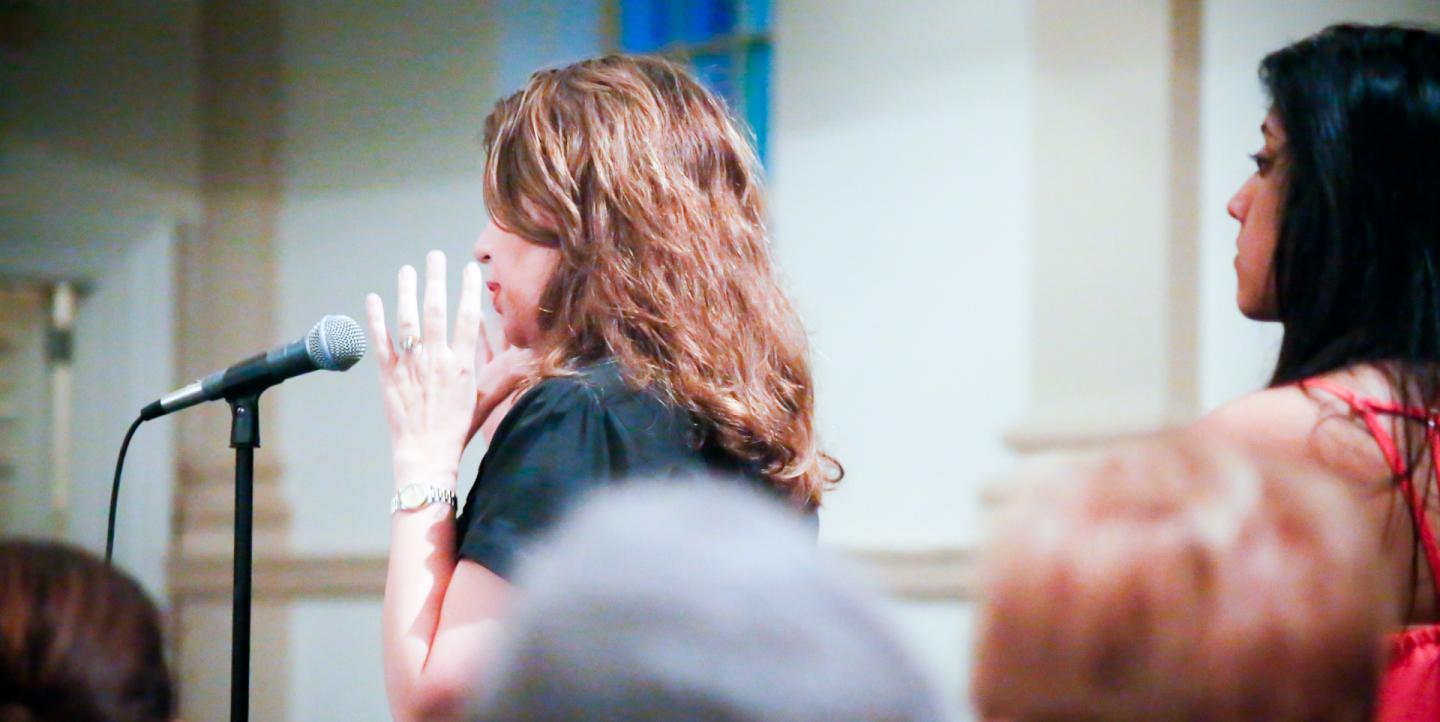Journalists, not their audiences, are usually the ones asking questions. However, to tell more stories that better captured their listeners’ concerns, a team of reporters at Chicago’s public radio station WBEZ decided to switch this around.
In an initiative dubbed “Curious City,” in 2012 the radio station began inviting residents to submit 140-character questions that would be the basis for future stories. The group used a popular tool developed by Curious City creator Jennifer Brandel, now known as Hearken, to organize the submitted questions. Hearken flips the top-down method of storytelling — community residents, not editors, ask questions that lead to stories.
Listeners submitted questions that ranged from strange to serious. As most questions were asked by residents in higher-income neighborhoods, in 2016 Curious City started an outreach program to invite those in underrepresented areas to participate. A recent report for the Columbia Journalism Review (CJR) explores what Curious City learned when they worked on engaging with a more diverse audience.
How can other journalists apply the lessons from Curious City so as to source more story ideas from those who live in lower-income communities? Here are a few takeaways from the report:
Know who your core audience is, so you can identify how to expand
As those who submitted questions to Curious City were asked to report their home address, it soon became clear to WBEZ that the majority of questions were submitted by residents from the same areas where public radio was already popular. Residents of Chicago’s South Side and West Side — predominantly African-American and Latino communities — submitted fewer questions because they were outside the scope of WBEZ’s core audience in the first place.
The team took this information and hired an outreach director to connect with residents in these communities and find out what they were curious about. Without this information, they would not have been able to target people outside of their traditional audience and engage with a more diverse group of listeners. Because of their outreach, the growth rate of questions asked in underrepresented areas was substantially higher than that of the general audience. The main audience growth rate of questions was 20 percent, while the South Side’s was 53 percent and the West Side’s was 78 percent.
Incorporate on-the-ground initiatives
Rather than reaching out to people online, the Curious City reporters spent time wandering through neighborhoods and striking up conversations with local residents. They approached people at parks and bus stops to find out what questions they had. This direct, face-to-face approach allowed reporters to better engage with those who weren’t regular WBEZ listeners.
One reporter on the project said it was easier to answer questions about Curious City and work through questions with people in person as opposed to online. There were also examples of community residents appreciating Curious City’s on-the-ground efforts at outreach, the CJR report found. One woman who was interviewed said she appreciated that a reporter had come to the neighborhood to cover something that wasn’t a negative event.
Partner with like-minded community organizations
Another key to Curious City’s success was its efforts to partner with community organizations that had similar goals, the CJR report said. In Curious City’s case, partnering with local libraries was a natural fit — Curious City wanted people to ask questions, and libraries can help answer them.
To increase the number of submitted questions, Curious City set up tables outside or in the lobbies of select public libraries. One key advantage of this strategy was that it was less labor-intensive than sending reporters out to wander the city streets. Another bonus was that communities in general tend to trust libraries, so partnering with a reputable, trusted organization increased the public’s trust in the Curious City project.
Take the time to talk to people, and to listen
You won’t always have the luxury of time, but don’t cut conversations short just because the source doesn’t seem relevant at the time. At one point during the project, a producer spoke with a man at a bus stop about his family’s economic struggle. The man’s story wasn’t used for Curious City, but gave the producer ideas for other stories that WBEZ could pursue. As the CJR report notes, while some conversations didn’t directly result in Curious City stories, “the outreach process did contribute to the larger mission of connecting WBEZ to perspectives it may not encounter otherwise.”
Main image CC-licensed via Counse.

